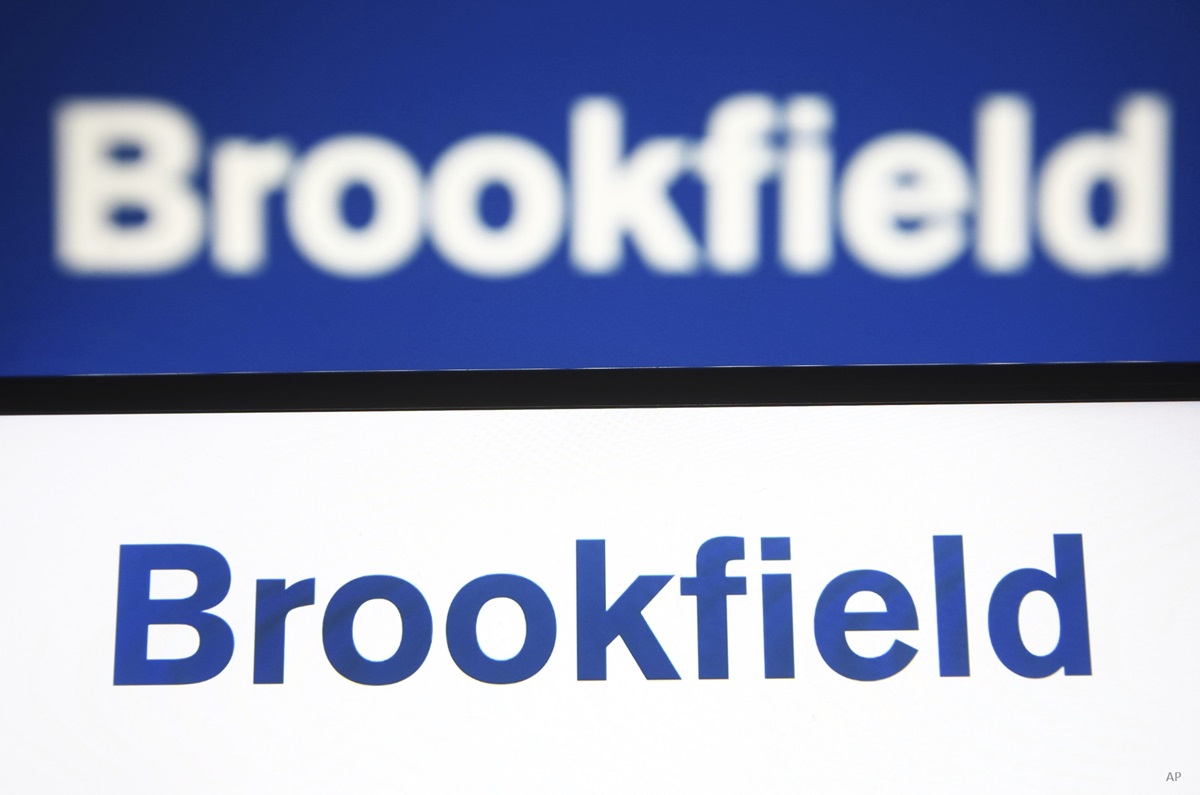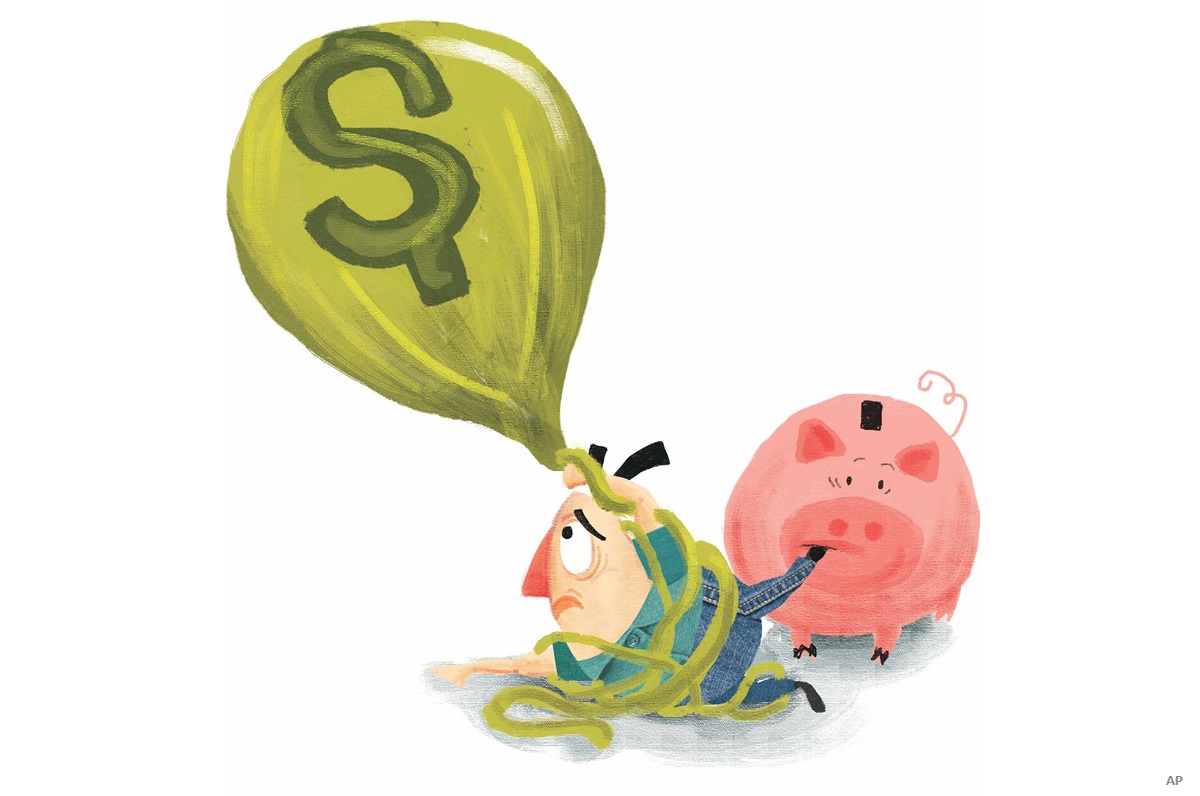
Canadian equity markets have had a strong run this year, but despite what recent broad markets events might suggest, they’re not ready to fall. And some sectors still haven’t had their time to shine.
The TSX Composite Index has climbed 23% year-to-date, yet veteran stock picker Doug Warwick, who oversees the 4-star bronze-rated $9.2 billion TD Dividend Growth – F, argues that the performance was justified and the prospects going forward remain generally positive.
“Yes, the TSX is up a lot this year, but so were earnings, which rose 63.7% in 2021,” says Warwick, who oversees in total about $21.3 billion in assets held in three funds. He has managed TD Dividend Growth – F since 1993.
“Last year, share prices did decline significantly in March but recovered fairly quickly. The market assessed that the world would get through COVID. The recovery has been better than people expected.” Warwick adds that the benchmark S&P 500 Index is trading 23 times this year’s earnings and 21 times 2022 earnings, while the S&P/TSX Index is trading around 16.9 times earnings and 15.8 times in 2022.
“With interest rates down where they are, these [multiples] look reasonable to me,” says Warwick, adding that he expects that the Bank of Canada will gradually raise interest rates next year, possibly starting in the spring.
But, he is asked, are share price valuations now on the expensive side? As an investor who favours banks and energy stocks, which account for 51.2% and 15.6% respectively of TD Dividend Growth – F, Warwick rebuts by pointing out that Canadian banks are trading on average around 11.1 times earnings, while energy names are trading at three or four times cash flow. “It all depends on which sector you look at. But the banks and energy sectors are as cheap, or even cheaper, than they were before the pandemic.”
‘Wall of Cash’ on Its Way for Energy
Warwick notes that strong commodity prices will mean that energy stocks have a “wall of cash” coming at them. “There has been a huge under-investment to develop new reserves in the last few years. There are also environmental social and governance [ESG] concerns as banks are reporting the current footprint of their loans and some institutions as a consequence are reducing their holdings in carbon-based energy. We’ve taken a different view and make sure that every name is working towards reducing its environmental footprint. We want to own the leaders as far as meeting ESG standards is concerned.”
Year-to-date (Nov. 23) TD Dividend Growth – F has returned 27.42%, versus 23.34% for the Canadian Dividend and Income Equity category. But in 2020, the fund fared poorly as it returned -1.45%, although it still performed the category which returned -1.76%. Warwick attributes last year’s negative numbers to the market favouring technology stocks. “These names trade at extremely high valuations and they tend not to pay dividends. Stocks with those characteristics are not within the mandate of our fund.”
Over longer periods the fund has outperformed. Over the last five and 10 years, for example, it returned an annualized 8.98% and 10.72%, while the peer group returned an annualized 7.62% and 8.71% respectively.
Warwick points out that the equity turnaround began last fall when materials and financials started to come back into favour. “The financials made huge provisions for earnings in 2020. This year, the banks are actually unwinding a lot of those provisions. This should continue when banks report their earnings in late November,” says Warwick, who entered the industry in 1980 after he graduated with an Honors BA in business administration from the University of Western Ontario. “As economies normalize, we should do better.”
Easy Does it on Rate Hikes…Hopefully
While investors have been rewarded this year, Warwick admits there are risks to the downside. “The old saying is that the ‘market climbs a wall of worry.’ One thing I worry about is interest rates rising too fast. A moderate increase in interest rates is probably necessary to make sure the economy doesn’t overheat. This would be good for bank earnings because it would take pressure off net-interest margins. And I suppose if energy prices got too high that might dampen world economic growth a bit.”
Nevertheless, there are geopolitical concerns such as potential tensions around Taiwan and Ukraine, which are lurking in the background. And there are potential spillovers from troubled Chinese property firms such as Evergrande Group (03333). “China is pretty good at managing these issues. It doesn’t have to be an issue like we had in 2008. They probably won’t let that issue get out of hand. These are all things that we worry about. But we’ll get through them.”
An investor who blends top-down and bottom-up investment styles, Warwick says he and co-managers Michael Lough and Jennifer Nowski, both vice-presidents, decide on the weightings of each sector and then select names that fit their criteria. Actual investment decisions are made by Warwick. Currently, the fund has a running yield of 2%, before fees.
Cash Flow and Pricing Power that’s Properly Managed
In choosing stocks for the portfolio, Warwick looks for several key attributes. “We want to see cash flow that will grow over time. We’re also looking for barriers to entry, which allows some pricing power by the companies that we own,” says Warwick. “Generally, though not always, we tend to gravitate away from cyclical investments to less cyclical names. The ups and downs are hard to take. I prefer steady growth over time.” Finally, management is a key factor as well. “Management of a company in a bad industry makes it [the company] less bad. But if you can get a good industry and good management that can make quite a difference.”
One long-time top holding in a portfolio with 69 names is Royal Bank of Canada (RY), the largest bank in the country which trades at 11.4 times earnings and has a 19.3% return on equity. “That means capital continues to grow. Based on its year-end report which is due in a few days, we are expecting a significant dividend increase,” says Warwick. “We are also expecting a significant share buyback. All this will support the present share price.”
Warwick believes that as economies gradually normalize central banks around the world will raise interest rates. “Some upward pressure on interest rates will help the banks. We think that quarter-point moves three or four times over the next year and a half are quite possible.” Royal Bank is trading at $132.10 and pays a dividend of 3.27%. Warwick anticipates high single-digit to low double-digit returns in the next year or so.
Room for Railways to Run
Another favourite is Canadian National Railway Co. (CNR). Warwick acknowledges that the stock has not done especially well this year. “One reason the stock has lagged is that last year technology was the star and the draw for investment dollars. As we normalize, we are focusing on stocks that have worked on a consistent basis over time.”
Warwick argues that CN Rail is attractive because its so-called route costs are significantly lower than the trucking industry. “They can move freight at 20% of the cost of trucks. When it comes to moving freight over long distances, rail is the only way to go. Now obviously they have some trouble getting around B.C. [because of flooding in the Fraser Valley] but getting the trains running again is an urgent matter.”
The stock is trading at 26.3 times earnings. However internal analysis at TDAM shows that free cash flow growth will be 23% into 2022. Warwick expects the share price to move up by high single digits to low double digits. At the same time, the dividend yield, currently 1.5%, may grow by about 8%.
Good Years Ahead, But Different
Going forward, Warwick cautions that after this year’s strong run it would be unreasonable to expect a repeat of 2021. Taking a note from the past, and looking at the fund’s long-term returns, Warwick says: “I always say that historically our returns will be eight to 10% or high single digits over the long run.”






















